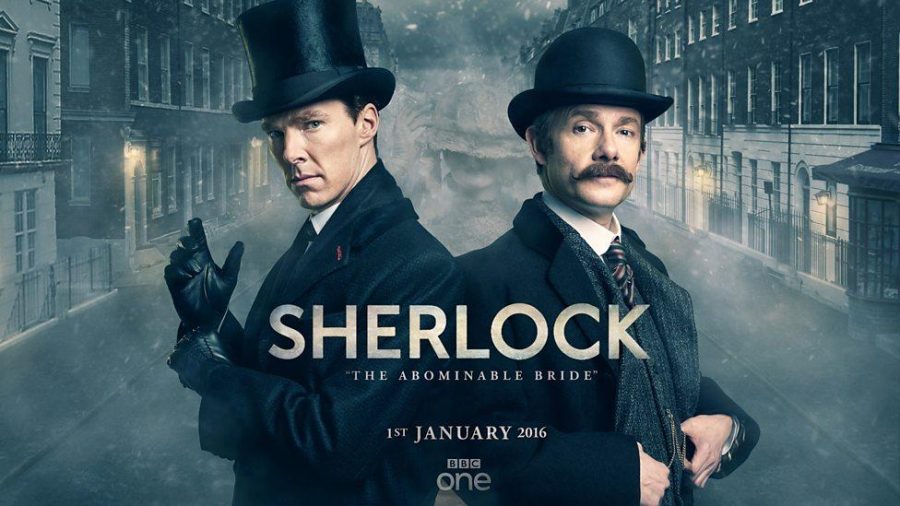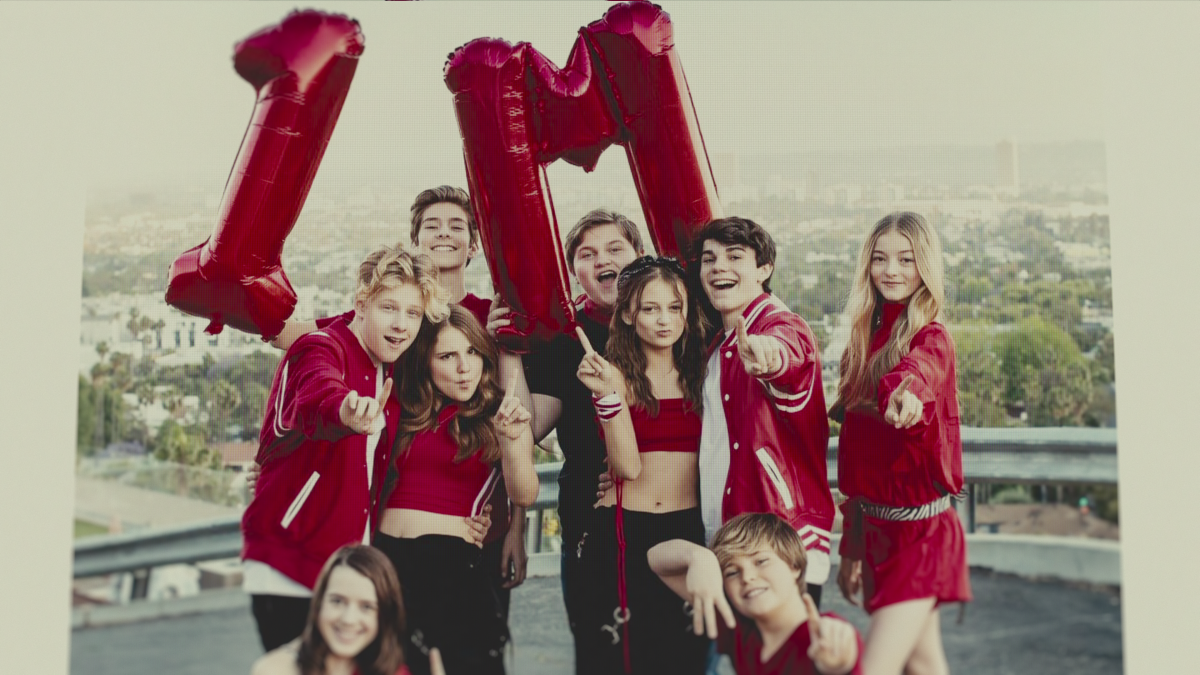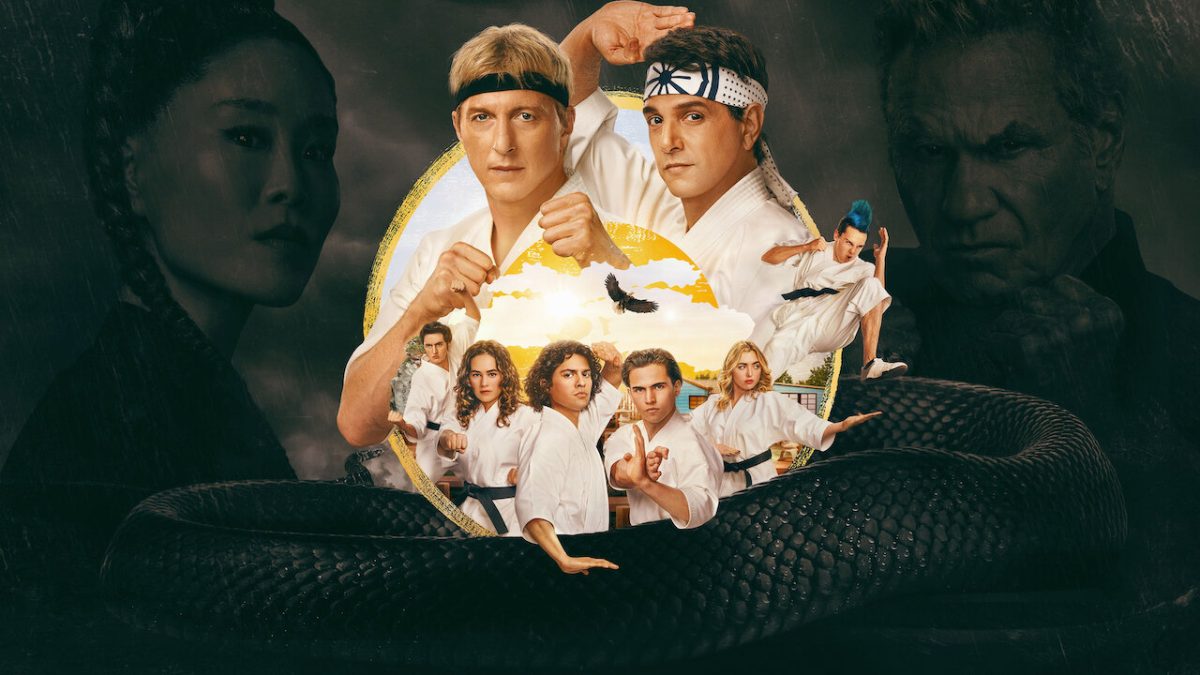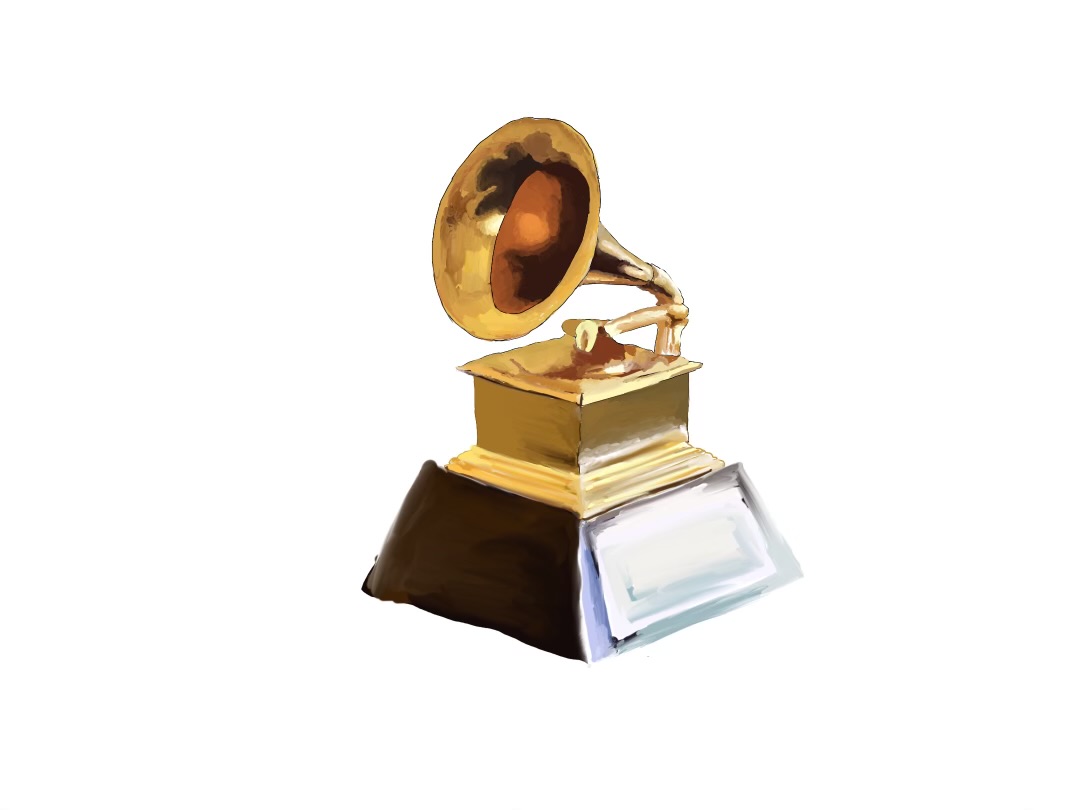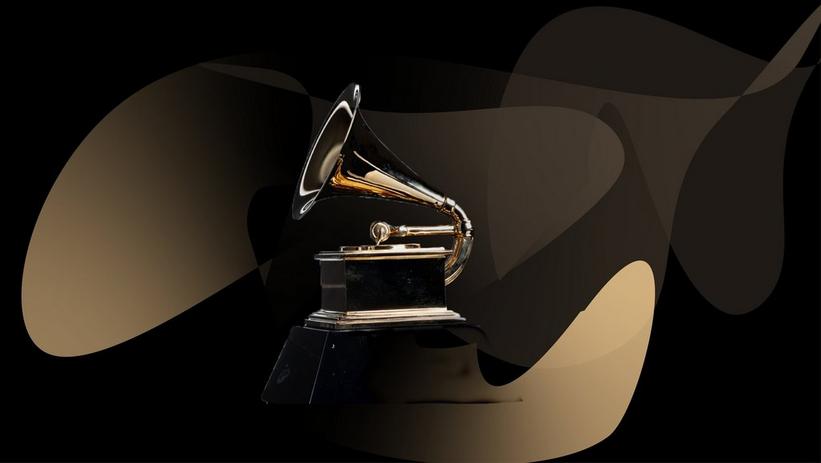
Very rarely does a television show premiere three ninety-minute episodes per season every two years, yet British television series “Sherlock” continues to be a huge success among both critics and fans. “Sherlock” picks off where the season three finale left off with a one-off holiday special, “The Abominable Bride,” on Jan. 1. With moments of inception, “The Abominable Bride” takes a great risk in creating an episode that is set in both Victorian and present-day London. The result is a masterpiece consisting of an in-depth and complex storyline filled with humor, compassion, and hints of feminism.
Following season three’s ominous ending in which Jim Moriarty (Andrew Scott), Sherlock Holmes’s archenemy, is revealed to be supposedly alive after his death, fans were left with many questions. Given a taste of the much anticipated fourth season scheduled for release in 2017, fans were excited for the special episode. Joining the iconic sleuth, “Sherlock” regulars Dr. John Watson (Martin Freeman), landlady Mrs. Hudson (Una Stubbs), Inspector Greg Lestrade (Rupert Graves), Dr. Molly Hooper (Louise Brealey), Mary Morstan (Amanda Abbington), and Mycroft Holmes (Mark Gatiss) reprise their roles for the special. At the beginning of “The Abominable Bride,” Sherlock (Benedict Cumberbatch) sits on a plane after learning that Moriarty has returned. In a seamless transition, the scene cuts to 1895. Donning a waistcoat and top hat, Sherlock solves the case of a mysterious ghost bride named Emelia Ricoletti who, after killing herself, murders her husband later in the night. As Sherlock treks all over England to figure out how she could kill someone after clearly dying, he returns repeatedly to the present, revealing that his time in the past was simply a drug-induced dream.
Amidst the excitement of the show’s return, the one point of controversy for the episode is the time shift. Although some viewers and critics found the jumps between different time periods to be confusing, others believe that the events both past and present effectively connect with each other to reveal an intricate storyline that writers Mark Gatiss and Steven Moffat have brilliantly created. By discovering the truth behind Emelia Ricoletti’s suicide and apparent resurrection to kill her husband in his dream/the past, Sherlock discovers the truth behind Moriarty’s return in the present.
In addition to a well-written storyline, “The Abominable Bride” displays instances of humor and showcases the close friendship between Sherlock and Watson to further add depth to the protagonists. When Sherlock and Watson pay a visit to Sherlock’s brother Mycroft at his office, Watson attempts to communicate with a man in sign language; however, the subtitles courteously placed for comprehension reveal to viewers that what Watson’s signing is contrary to what he really wants to say. Moreover, while Sherlock is portrayed as a callous individual in his treatment to others, he reveals he has a softer side to him when he calls Watson by his first name ‘John’, a very rare act according to a very touched Watson.
Amidst the constant time changes and intricate plot, a theme that is weaved throughout the episode is the oppression of women. Because the majority of the episode is set during Victorian London, writers Gatiss and Moffat recognized that women during that time period did not have as many liberties as they do today. While the female characters in their past selves must adhere to this standard, they find ways to defy the status quo. For example, Dr. Molly Hooper disguises herself as a man in order to work in the morgue. Also, as Sherlock pieces together the pieces of the abominable bride case, he comes across a secret society of women suffragists of which Emelia Ricoletti was a member.
With its engaging plot, memorable moments, and an overarching message, “The Abominable Bride” effectively holds fans over in anticipation for the show’s fourth season as Sherlock continues to fight his adversary Jim Moriarty.



